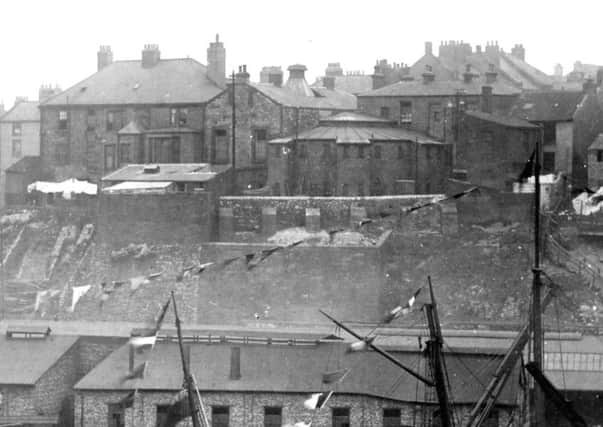ON THE WATERFRONT: Pounding the River Wear beat


This week, we look at where the force was stationed during its early years.
Although there is uncertainty over the site of its first base, two possibilities exist.
Advertisement
Hide AdAdvertisement
Hide AdThe first is that river officers co-occupied Sunderland Borough Police’s No 1 Station House in Church Street (East), the station having opened when the town’s “new police” first took to the streets on November 14, 1837.
Another theory is that the Watch was housed in the Exchange building on High Street, which contained a watch room.
Whatever the truth, archives show that by 1847, the river force was stationed at 27 West Wear Street with the Borough Police. This brick-built building was actually located at the top of East Cross Street, having been erected in 1842. It is supposed that the River Wear Watch moved here at that time.
The rear of the station commanded an elevated position above Bishopwearmouth Panns, providing an excellent view of the river. Close by, the Watch’s manual fire engine was moored near Hutchinson’s Docks.
Advertisement
Hide AdAdvertisement
Hide AdAs the 19th Century progressed, the West Wear Street buildings were expanded to accommodate growth in municipal and judicial services; the Central Police and Fire Station, courts, Town Hall and Corporation offices became well-established there until they moved elsewhere in a wave of public building construction.
From September, 1854, the River Wear Watch shared Low Street Police Station with Sunderland Borough Police, which had vacated the Church Street station house.
Formerly a house of ill-repute, the building had been leased by Sunderland Corporation, which soon discovered it was unsuitable for police purposes.
Situated at 123½ Low Street just east of Bodlewell Lane, it is unsurprising that no photographs of it have been traced, for the building could be accessed only via a narrow passageway from the south side of the street, being completely boxed-in by surrounding premises. Two squalid holding cells, each measuring only six by thirteen feet, added to the station’s depressing atmosphere. Fire barrows, mainly for carrying hose reels were also kept there.
Advertisement
Hide AdAdvertisement
Hide Ad“A miserable hole and having a pestiferous atmosphere, being utterly unfit to contain a human being, even in the worst state of debauchery,” is how the Sunderland Times described the building’s condition in 1871.
Its unsanitary state had been raised many times, not least by the Government Inspector of Police in his report of 1870.
Pressed by the River Wear Watch Commissioners, the Town Council eventually agreed to purchase a plot of land at the junction of Low Street and Bodlewell Lane on which to build a new station.
To be continued .......